Subject
- #Endangered Species
- #Endangered
- #Palm Oil
- #Animals Resembling Humans
- #Orangutan
Created: 2024-02-01
Created: 2024-02-01 16:49
Which animal is most similar to humans? A monkey? A chimpanzee? A gorilla?
Chimpanzees, gorillas, orangutans, and humans all belong to the Hominidae family. Among them, chimpanzees share about 99% of their DNA with humans, and orangutans share about 96%. On the other hand, when comparing physical characteristics, orangutans share 28 characteristics with humans, while chimpanzees only share 2. So, we can say that orangutans and chimpanzees are the most similar to humans.

IUCN
Orangutan means "forest person." It's a combination of the Malay word "orang" meaning "person" and "hutan" meaning "forest." Male orangutans are about 150 cm tall, and females are about 120 cm, making them smaller than humans. However, their weight is similar to humans, with males weighing around 80 kg and females around 50 kg. They sometimes live in groups, but mostly spend their time alone, which is also somewhat similar to humans.
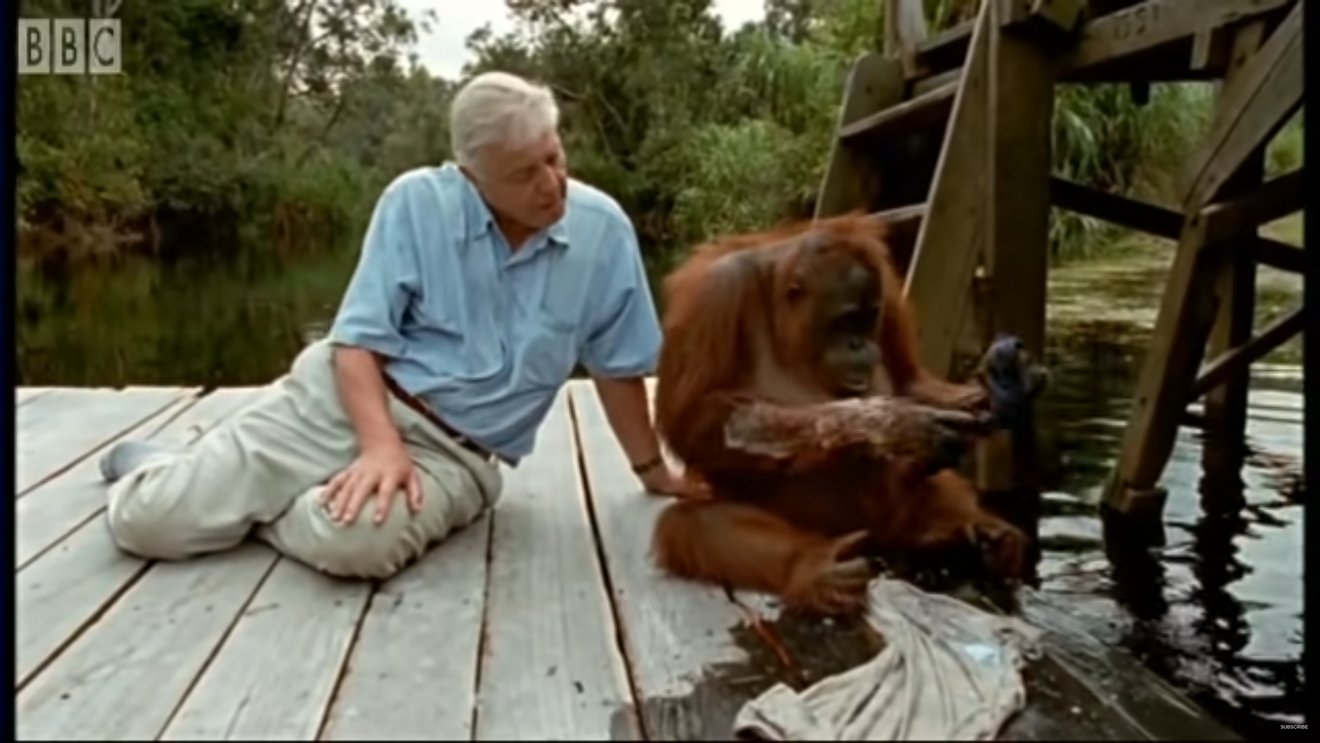
BBC Earth YouTube channel ‘Attenborough: Amazing DIY Orangutans | BBC Earth' video capture
Orangutans are also known for their high intelligence. In this video, the orangutan, without any special training, is washing socks like a human. The explanation says it's imitating someone doing laundry. Its ability to mimic is truly remarkable.
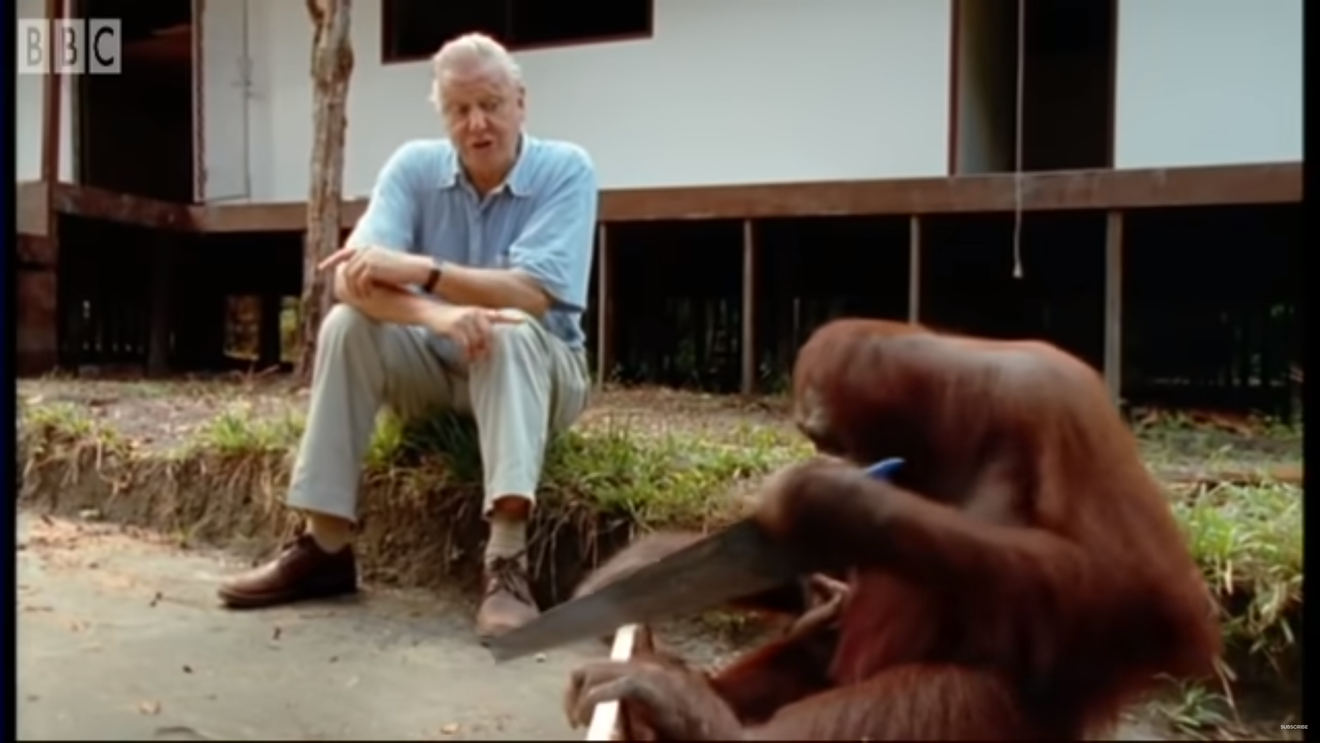
BBC Earth YouTube channel ‘Attenborough: Amazing DIY Orangutans | BBC Earth’ video capture
There are also orangutans using a saw to cut wood,
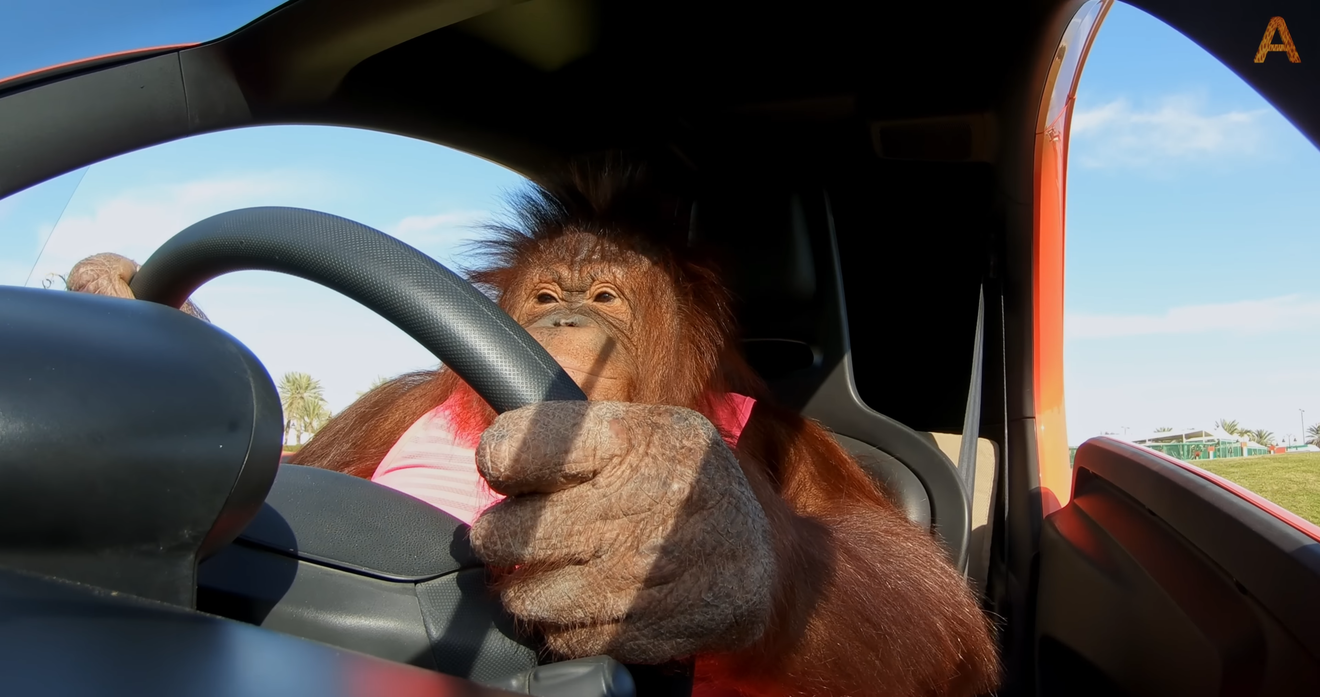
Animalia YouTube channel ‘Animalia's Orangutan Rambo loves her electric car’ video capture
and even driving a car... At this point, we might as well consider them human.

IUCN
Sadly, orangutans are classified as endangered species by the International Union for Conservation of Nature (IUCN). Currently, Sumatran orangutans, Tapanuli orangutans, and Bornean orangutans are listed as Critically Endangered (CR). Critically Endangered (CR) signifies that they are at an extremely high risk of extinction in the near future.
According to Greenpeace, the orangutan population is declining by 25 individuals every day. The reason for this is palm oil. Palm oil is a type of vegetable oil. It's used in a vast majority of the foods we consume, leading to its mass production. The problem is that the largest palm oil producing areas overlap with orangutan habitats. Orangutans currently inhabit the islands of Borneo in Southeast Asia and Sumatra in Indonesia. Indonesia and Malaysia are also the largest producers of palm oil. In order to maximize palm oil production, forests are burned to create plantations. This process destroys orangutan habitats. Burning forests and destroying rainforests not only affects orangutans but has a negative impact on the entire ecosystem.
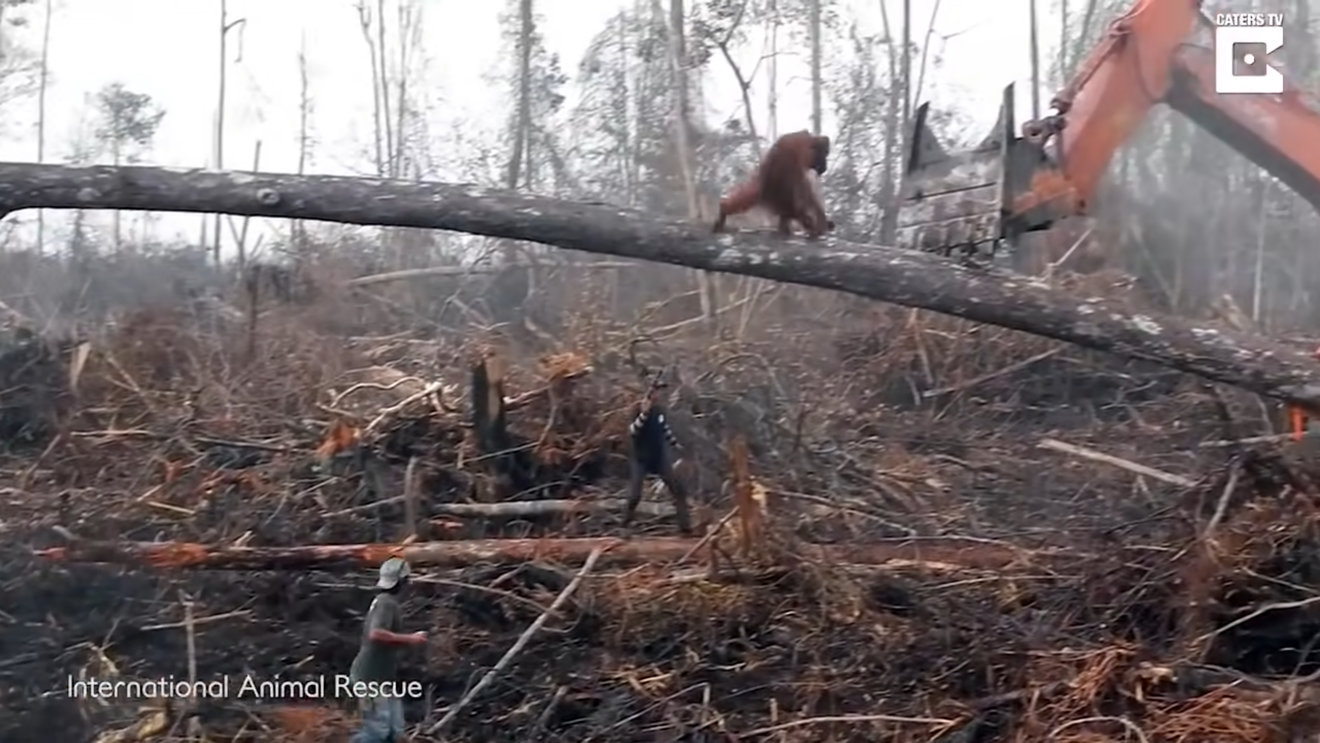
Protect All Wildlife YouTube channel ‘Sadness As An Orangutan Tries To Fight The Digger Destroying Its Habitat’ video capture
There are heartbreaking videos circulating of orangutans losing their habitats amidst deforestation, clinging to trees. In one such video, the orangutan eventually collides with an excavator and falls to the ground, only to be tranquilized by nearby people. It's incredibly painful to witness these creatures losing their homes and being tranquilized by humans.
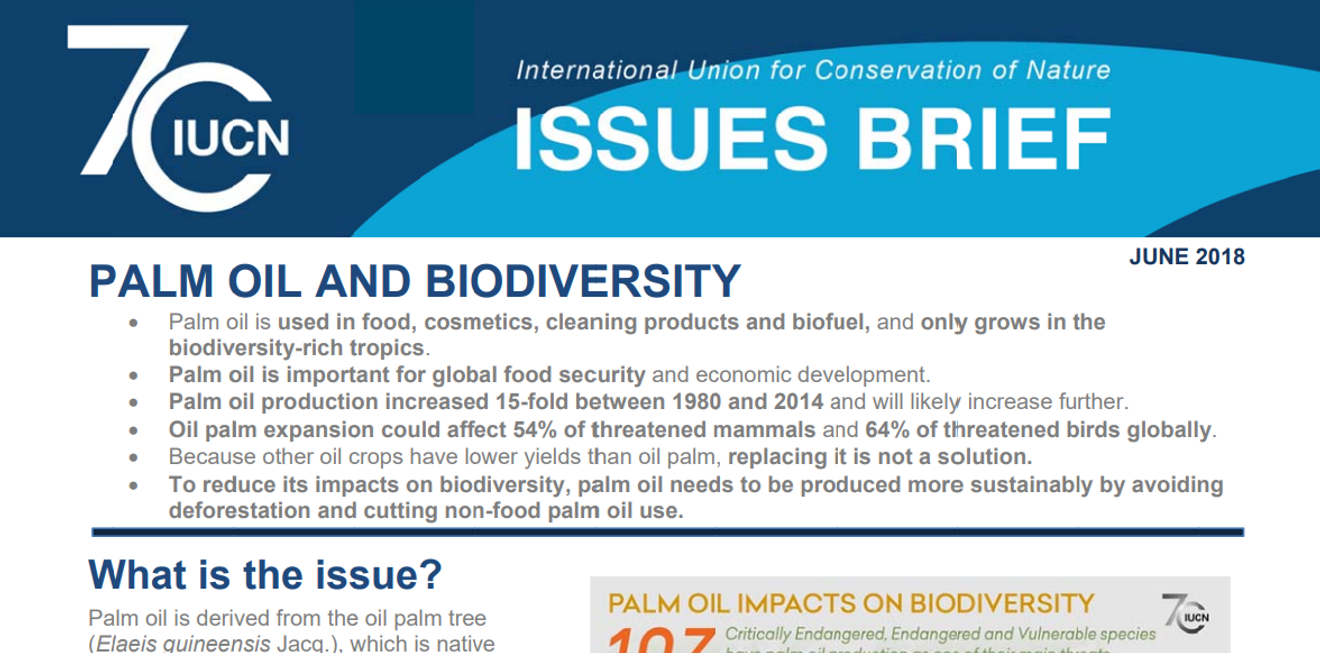
IUCN Issues brief - Palm oil and biodiversity, https://www.iucn.org/resources/issues-brief/palm-oil-and-biodiversity
News of the orangutans' plight has led some people to boycott products containing palm oil. However, palm oil has become so deeply ingrained in our lives that it's difficult to avoid. The IUCN has stated that boycotting palm oil or halting its production may lead to the indiscriminate cultivation of other substitute plants. They suggest that sustainable palm oil production is the right solution. Moving forward, it seems necessary for both producing companies and consumers to continuously contemplate ways to protect orangutans and forests.
Comments0